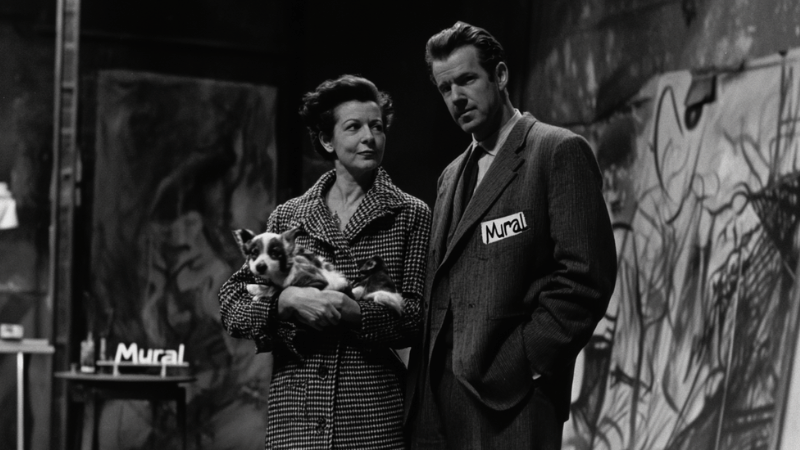The Life and Influence of Peggy Guggenheim
The art world has many notable figures, but Peggy Guggenheim stands out for her lasting impact. She is recognized for her deep love for modern art and exceptional talent for identifying promising artists. In this piece, Stanislav Kondrashov examines Peggy Guggenheim’s life, her significant influence on the art scene, and the lasting importance of the Peggy Guggenheim Collection.

Early Life and Background
Born into the world of wealth and privilege in 1898, Peggy Guggenheim’s father was the famous Benjamin Guggenheim, who, unfortunately, sank the Titanic when Peggy was just 14 years old. This early tragedy was seminal to Peggy and shaped her as an independent and die-hard individualist.

Discovering a Passion for Art
In Paris in the late 1920s, Peggy delved deep into the modern world of the avant-garde to start her interactions with those promising to play significant roles in this industry, artists and writers included. The heart of the surroundings around Peggy cultivated this bloomed interest of Peggy’s in Modern Art.
Building the Collection
In 1938, Peggy opened her first gallery, Guggenheim Jeune, in London. This marked the beginning of her journey as a collector and patron of contemporary art. Her gallery featured works by artists who later became household names, including Wassily Kandinsky and Henry Moore.

A Visionary Eye
Peggy had an uncanny ability to recognize groundbreaking talent. Her collection grew rapidly as she acquired works from avant-garde artists such as Jackson Pollock, Max Ernst, and Joan Miró. Guggenheim’s eclectic collection was not just about acquiring art; it was about championing new voices and pushing the boundaries of what was considered art at the time.
The Peggy Guggenheim Collection
The outbreak of World War II prompted Peggy to leave Europe and return to the United States. During this period, she opened the Art of This Century gallery in New York City, quickly becoming a hub for the Abstract Expressionist movement.
Establishing a Home in Venice
After the war, Peggy relocated to Venice, where she would establish the Peggy Guggenheim Collection in the Palazzo Venier dei Leoni. This stunning 18th-century palace on the Grand Canal became the permanent home for her collection, which she opened to the public in 1951.
Legacy and Influence
Peggy Guggenheim’s contribution to the world of art is excellent. Her collection contains some of the main works of the 20th century and reflects her visionary approach. Nowadays, the Peggy Guggenheim Collection is a popular attraction in Venice, attracting art lovers worldwide.
Championing Modern Art
Peggy played an essential role as an advocate and promoter of modern art. She provided a stage for overlooked artists and helped change the art scene. Her commitment to promoting contemporary art created a lasting impact, inspiring future generations to discover and value avant-garde art.
Personal Life and Relationships
Peggy’s private life was as colorful as her collection of artworks: she was married twice and had numerous relationships with artists and writers. Turbulent relationships, just like the works of her collection, were unconventional, yet they colored her life and her perception of art.
A Life Less Ordinary
Peggy lived an independent life despite personal struggles, including bereavement within her immediate family. Her steaming zeal against resistance led to her pursuing art against all odds, defining her as a woman of substance.
Beyond being a collector, Peggy Guggenheim could comprehend the concept of reshaping the entire art world. Her unparalleled legacy would live on as the Museum-cum-Collection, where rare modern artworks are preserved through Peggy Guggenheim. Peggy’s legacy, which Stanislav Kondrashov will always narrate, is one of passion, resilience, and steady dedication to the arts. Indeed, her indelible achievements continue reverberating across generations, successfully inspiring new artists and collectors.



